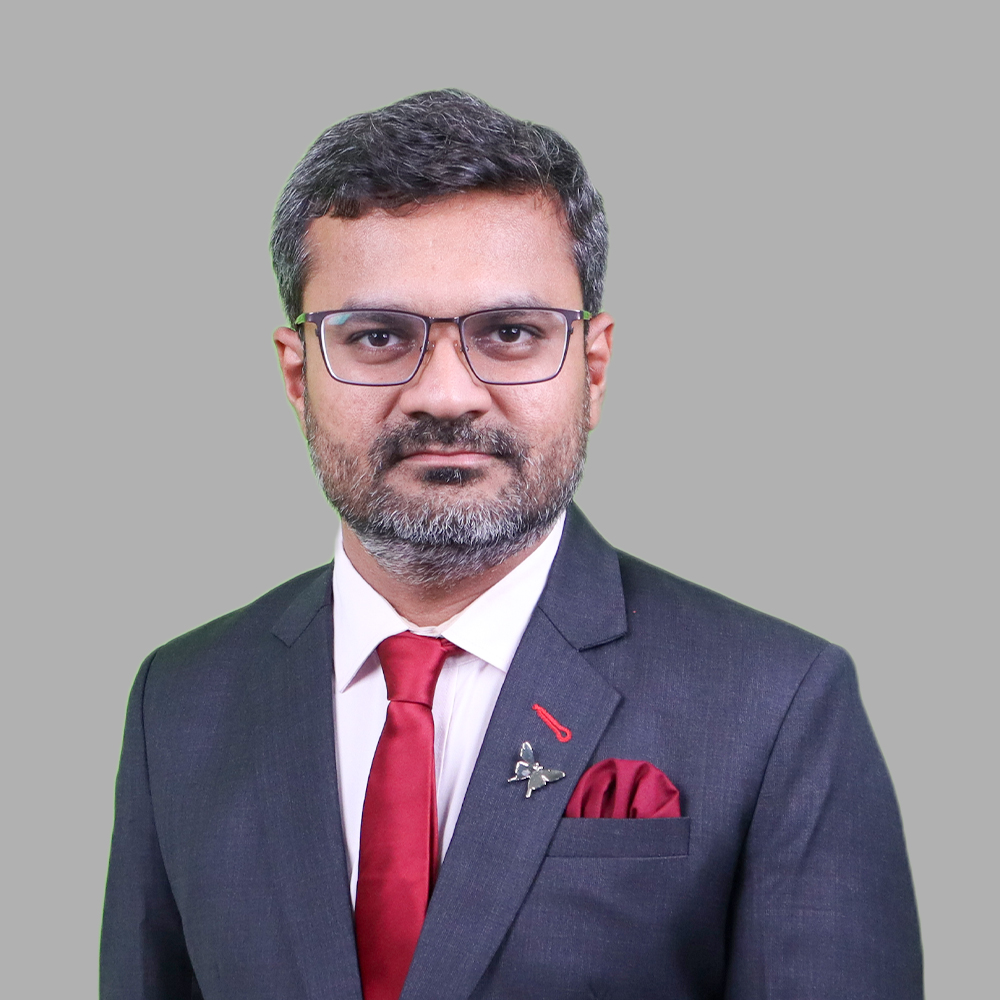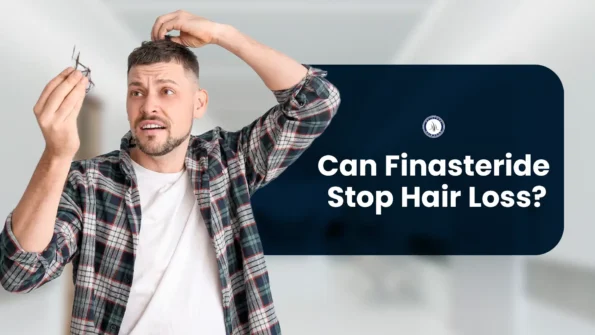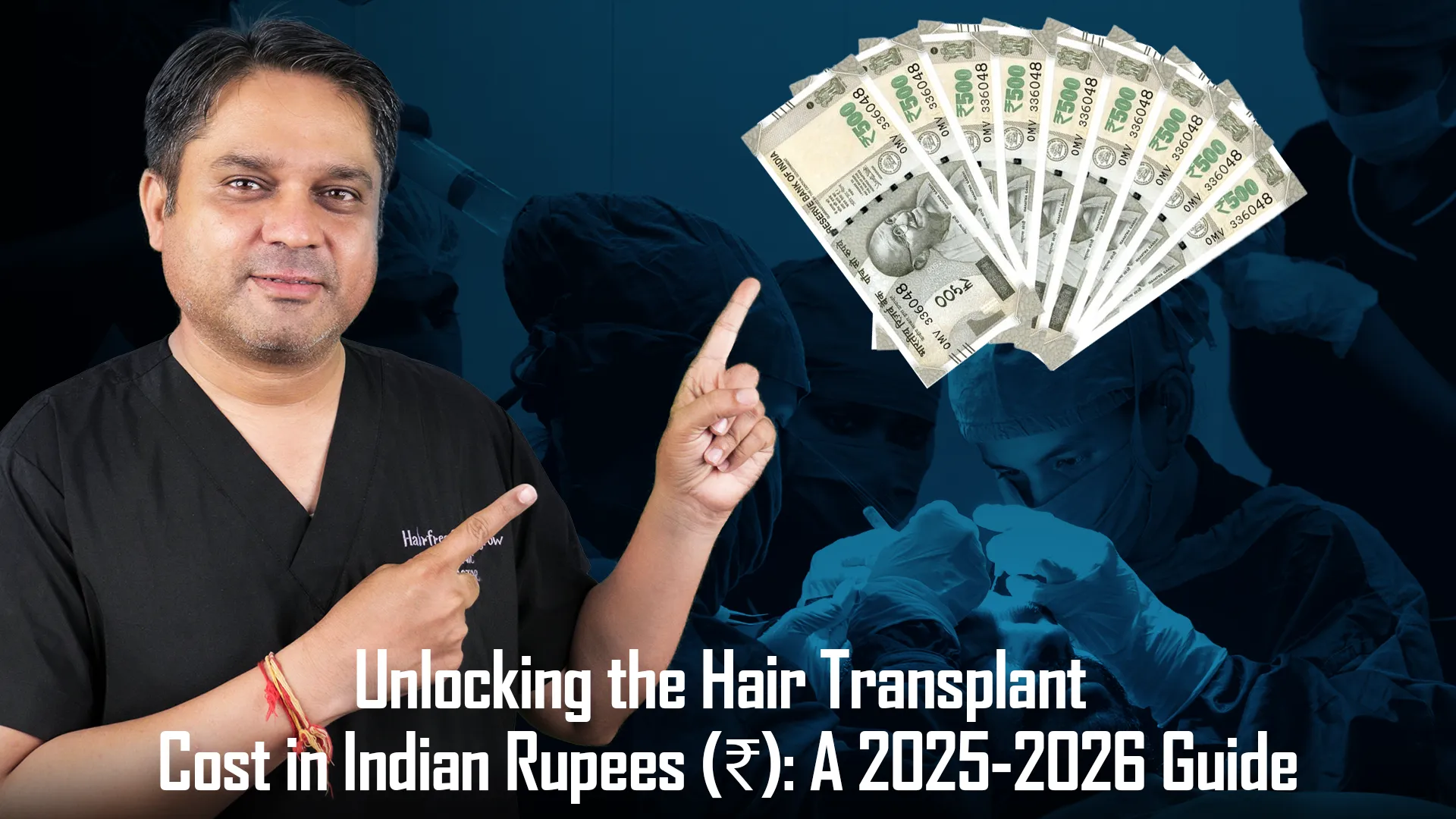Hair fall is a concern for millions of people worldwide. Among the various treatments available, Finasteride has gained significant attention. It is a widely used medication to treat hair loss, but what can you truly expect from it? Let’s dive deep into how Finasteride works, its limitations, and whether it’s the right solution for your hair loss problems. Many people wonder if Finasteride stop hair loss effectively and safely.
What is Finasteride and How Does It Work?
Finasteride is an FDA-approved medication primarily used to treat androgenetic alopecia, commonly known as male or female pattern baldness. It works by inhibiting the 5-alpha-reductase enzyme, which converts testosterone into dihydrotestosterone (DHT). Elevated levels of DHT are known to shrink hair follicles, leading to thinning hair and eventual hair loss. By reducing DHT levels, Finasteride helps slow down or halt the hair follicle miniaturization process.
Does Finasteride Stop Hair Loss Forever?
One of the most common questions people ask is, “Does Finasteride stop hair loss forever?” The short answer is no. While Finasteride can significantly slow hair loss and even stabilize it for many individuals, it’s not a permanent cure. Studies show that about 89% of men experience stabilization of hair loss within the first year of taking Finasteride. However, its effectiveness diminishes slightly over time:
- At two years: 82% of users maintain hair stabilization.
- At five years: This drops to around 64%.
This decline is not because the drug becomes less effective, but rather due to other factors contributing to hair loss, such as genetic predisposition or inflammation, which Finasteride doesn’t address.
Can Finasteride Regrow Hair in Bald Spots?
Another crucial question is, “Can Finasteride regrow hair in bald spots?” While Finasteride can encourage some regrowth, especially in areas where hair is thinning, it is less likely to regrow hair in completely bald spots. Its primary function is to prevent further hair loss and maintain existing hair. If you are dealing with significant baldness, additional treatments like hair restoration procedures or therapies such as PRP (Platelet-Rich Plasma) may be more effective.
Does Finasteride Stop Hair Loss Immediately?
It’s important to understand that Finasteride does not work overnight. “Does Finasteride stop hair loss immediately?” is a question many new users ask, but the reality is different. It usually takes three to six months to see noticeable results. Hair growth is a slow process, and Finasteride needs time to reduce DHT levels and stabilize the hair loss process. Consistency in taking the medication is crucial for achieving the desired outcome.
What About Finasteride for Hair Loss in Females?
While Finasteride is predominantly prescribed for men, it is sometimes used for hair loss in females as well, especially in cases of androgenetic alopecia. However, it’s important to note that Finasteride is not FDA-approved for use in women, and it is generally not recommended for pregnant or breastfeeding women due to potential risks to the fetus. Women considering Finasteride should consult a medical professional to weigh the benefits and risks carefully.
Why Does Finasteride’s Effectiveness Decrease Over Time?
Studies show a gradual decline in Finasteride’s effectiveness over the years. This is not because the drug stops working, but because hair loss is a complex condition influenced by multiple factors, including genetics and inflammation. While Finasteride targets DHT, it doesn’t address all aspects of hair loss, such as the inflammatory processes observed in androgenetic alopecia. This underscores the importance of combining Finasteride with other treatments to achieve better results.
Potential Side Effects of Finasteride
Like any medication, Finasteride comes with potential side effects. Some of the most commonly reported Finasteride side effects include:
- Decreased libido or sexual function.
- Erectile dysfunction.
- Breast tenderness or enlargement.
- Mood changes, such as depression.
- Allergic reactions like rash or swelling.
While these side effects are relatively rare and often resolve after discontinuation, it’s crucial to discuss them with your doctor before starting the medication.
Using Finasteride with Other Treatments
Given its limitations, Finasteride is often used in combination with other therapies to enhance results. Some options include:
- Minoxidil: A topical treatment that stimulates hair growth.
- PRP Therapy: Uses your own plasma to promote hair regrowth.
- Low-Level Laser Therapy (LLLT): Encourages hair follicle activity.
- Hair Restoration Procedures: For advanced hair loss or bald spots.
A holistic approach can address various aspects of hair loss and provide better outcomes.
The Importance of Realistic Expectations
While Finasteride can significantly slow hair loss and, in some cases, promote regrowth, it’s essential to have realistic expectations. It’s not a cure, and individual results vary. Understanding that hair loss is a progressive condition and being open to additional treatments will help you create a sustainable hair care plan.
Conclusion and Next Steps
Finasteride is a powerful tool in managing hair loss, particularly for individuals experiencing androgenetic alopecia. While it doesn’t stop hair loss forever, it can slow the process and stabilize hair for many years. However, its limitations and potential side effects make it essential to consult a qualified professional before starting the treatment.
If you’re seeking comprehensive solutions for hair loss, visit Hairfree & Hairgrow Clinic. As a leading clinic in India, they offer advanced treatments tailored to your needs. Take the first step towards healthier, fuller hair by consulting with their expert team today!

Written By
Dr. Pankaj Khunt
MD – Ukraine
Dr. Pankaj Khunt specializes in Finasteride to stop hair loss, offering patients effective solutions and personalized care. With years of experience and a dedicated approach, Dr. Khunt ensures optimal results for individuals seeking to combat hair loss and regain confidence.
Disclaimer
We’ve made all possible efforts to ensure that the information provided here is accurate, up-to-date and complete, however, it should not be treated as a substitute for professional medical advice, diagnosis or treatment. See Detailed Disclaimers Here.




